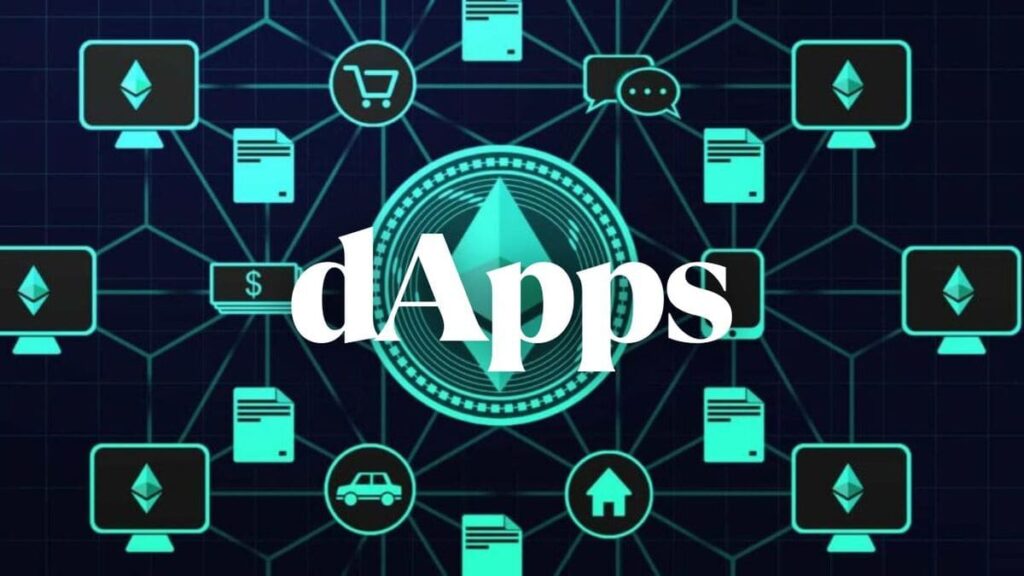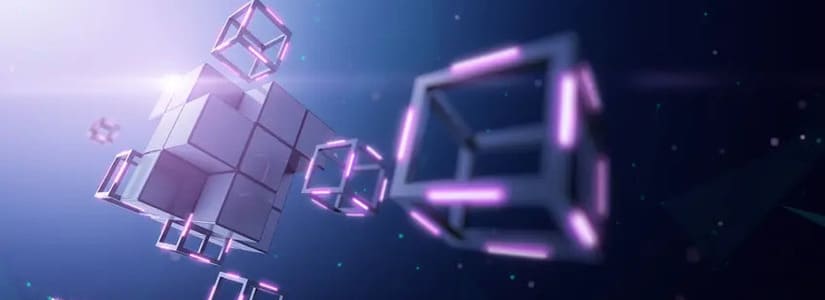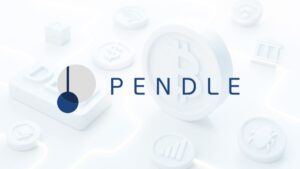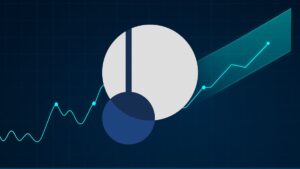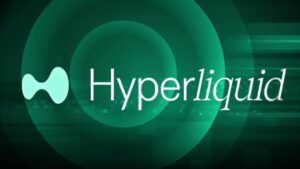TL;DR
- Choosing the right blockchain for dApp development is a strategic decision that can define a project’s success. Ethereum and Polygon remain the most reliable options.
- Solana and BSC offer speed and low costs for gaming, NFTs, and DeFi, though they face issues with stability or centralization.
- Polkadot, Avalanche, TON, and Sui are advancing with solid blockchain solutions, but their lower adoption limits their appeal for new projects today.
The growth of decentralized applications (dApps) has moved beyond being a passing trend to become a structural phenomenon within the crypto ecosystem. In 2024, the dApp market hit record numbers: over 21,000 applications distributed across at least 75 active blockchains, with total value locked in DeFi nearing $192 billion.
In this context, choosing the right blockchain for developing a dApp becomes a strategic decision that can determine a project’s success or failure.
Ethereum: Maturity, Security, and a Consolidated Ecosystem
Ethereum remains the go-to reference. Its technological maturity, solid developer community, and extensive tool infrastructure make it the most robust option for those prioritizing security, widely adopted standards, and compatibility with the main DeFi and NFT solutions.
With the arrival of Ethereum 2.0 and its transition to a Proof of Stake model, the network improved its energy efficiency and processing capacity, though it still struggles with high fees during times of congestion. For this reason, while its ecosystem remains the most attractive for complex or decentralized governance projects, it’s no longer the default option for every type of dApp.
Solana: Speed and Low Costs for High-Traffic Applications
At the other end of the spectrum is Solana, which has positioned itself as a high-performance alternative thanks to its ability to process up to 65,000 transactions per second with low latency. This speed allows it to compete in segments like gaming, NFT marketplaces, and high-demand financial applications. However, frequent network outages and an ecosystem still in development present operational risks every developer should take into account.
Polygon: Scalability for Ethereum Without Leaving Its Ecosystem
For those seeking a balanced solution between cost, speed, and compatibility, Polygon is one of the most practical options. As an Ethereum Layer-2 solution, it addresses scalability issues while remaining fully compatible with the mainnet’s smart contracts.
Its DeFi, gaming, and NFT ecosystem has grown steadily, driven by low fees and efficient block confirmation times. Additionally, its multi-chain architecture and support for various rollup types make it ideal for projects that want to stay connected to Ethereum while operating with predictable costs.
Binance Smart Chain: Accessible and Efficient, but Centralized
Binance Smart Chain (BSC) has maintained its position as one of the most accessible blockchains for dApp development. Its compatibility with Ethereum and low operating costs have encouraged thousands of projects to migrate to its environment.
Although its technical advantages are clear, the strong centralization of its validator network and potential regulatory risks tied to Binance limit its appeal for applications that require genuine decentralization guarantees.
Other Options: Polkadot, Avalanche, TON, and Sui
Other networks such as Polkadot, Avalanche, TON, and Sui offer innovative proposals targeting specific challenges: native interoperability between blockchains in the case of Polkadot, high speed and customizable subnets in Avalanche, scalability for social environments in TON, and parallel transaction processing in Sui.
While these solutions are attractive in terms of technical design, their developer and dApp ecosystems are still limited compared to Ethereum or Polygon — which could translate into constraints for adoption and long-term support.
Conclusion: Choose the Blockchain Based on the Project Profile
As the industry moves toward multi-chain and interoperable models, selecting a blockchain for a dApp shouldn’t rely solely on metrics like TPS or gas fees. Strategic variables like developer community strength, available tools, ecosystem liquidity, and cross-chain compatibility are increasingly decisive.
Today, for a project just getting started, Ethereum and Polygon remain the safest options, while Solana, Avalanche, and BSC are viable alternatives for cases where speed or costs are critical factors.
The future of decentralized development will inevitably be multi-chain, but the stability of a network and its support environment will remain the real differentiators for any dApp aiming to scale and sustain itself over time


